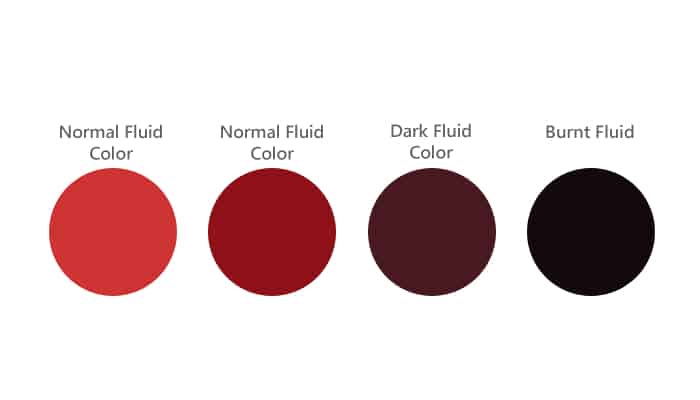Allison 3000 Transmission Fluid Capacity
When it comes to maintaining your Allison 3000 transmission, one important aspect to consider is the transmission fluid capacity. Knowing the right amount of fluid your transmission requires is crucial for optimal performance and longevity. In this article, we will provide you with the necessary information on the Allison 3000 transmission fluid capacity, so you can keep your transmission running smoothly without any guesswork.
Transmission Fluid Capacity and Type
| Popular posts |
|---|
| What to do to prolong the life of your manual gearbox |
| Automatic transmission: what it is, how it works |
Before we dive into the specifics, let’s start by addressing the transmission fluid capacity for the Allison 3000. The table below outlines the recommended fluid capacity in both quarts and liters:
| Transmission Fluid Capacity | Quarts | Liters |
|---|---|---|
| Allison 3000 | 16 quarts | 15.1 liters |
Now that you know the exact amount of fluid your Allison 3000 transmission requires, it’s time to address the type of fluid you should use. Allison recommends using their own TES 295 approved transmission fluid for optimal performance and to ensure warranty compliance. It is important to note that using any other fluid may lead to transmission damage and void your warranty, so it’s best to stick to the manufacturer’s recommendations.
Fluid Replacement Procedure
If you find yourself needing to replace the transmission fluid in your Allison 3000, here are the steps you should follow:
- Ensure the vehicle is parked on a level surface and the engine is turned off.
- Locate the transmission fluid dipstick, usually located near the back of the engine compartment.
- Remove the dipstick and use a funnel to add the recommended amount of transmission fluid, as specified in the table above.
- Check the fluid level using the dipstick. It should be within the recommended range indicated on the dipstick.
- If the fluid level is low, add more fluid until it reaches the appropriate level. Be careful not to overfill.
- Replace the dipstick securely.
Remember, it is crucial to follow the manufacturer’s guidelines and recommendations when it comes to transmission fluid capacity and type. Neglecting these instructions can lead to costly repairs and potential transmission failure. Keep your Allison 3000 transmission in top shape by ensuring it has the right amount of fluid at all times.
Now that you have all the necessary information on the Allison 3000 transmission fluid capacity, you can confidently maintain your transmission without any confusion. By following the recommended fluid capacity and type, you are taking a proactive step towards keeping your transmission running smoothly for years to come. So, go ahead and give your Allison 3000 the care it deserves!
What Color Should Transmission Fluid Be?


